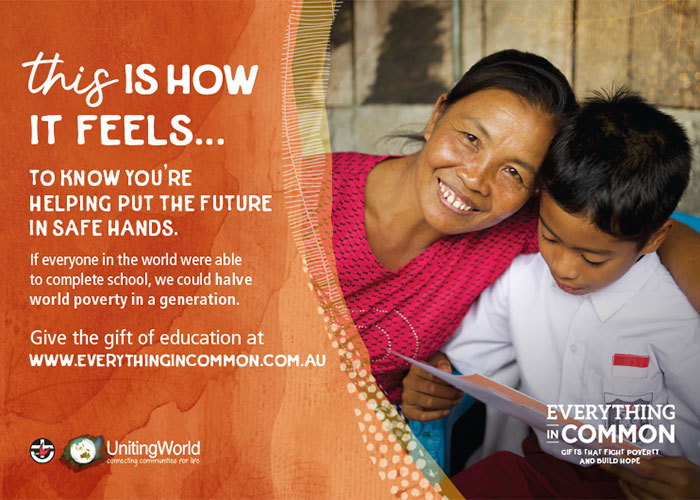These include personal characteristics such as race, education and sexuality, as well as wider social environments such as the neighbourhood that the person is living in. How included a person is – as part of a community, with social groups and in their own health decisions – will also influence how healthy they can be.
Trying to take a holistic approach to health and wellbeing then becomes a very complicated process. Health inequity is often talked about as a “wicked problem” because the issue is incredibly complex, difficult to contain to one “domain” (such as health isn’t just about access to medicine or a doctor), and changing one domain (such as community housing) will invariably impact other domains (such as engagement with health services or use of government welfare programs).
In Australia, we are very fortunate to have access to a public health system that can address most health issues and that is not at a huge financial cost to the individual. But while we are a lucky country overall, there are “pockets” of disadvantage.
The Australian Institute of Health and Welfare reported that a large health burden in the Australian population is due to socioeconomic disadvantage and it is a burden that could be avoided through policy and social interventions. Australians who experience higher levels of poor health outcomes tend to live in more socioeconomically disadvantaged areas, with lower levels of education and income and work in blue-collar occupations.
While it might be tempting (and easier) to argue that the individual is responsible for and has complete control over their own health, as well as their economic and housing situation, anyone that has experienced disadvantage will tell this is almost always not the case. However, this argument for individual responsibility tends to be favoured in conservative government policy and mainstream media. Instead, the conversation needs to move towards how our society is set up to support those who are most vulnerable to health and social inequities.
The Sydney Local Health District (SLHD) hosted “EquityFest” at the beginning of March at the National Centre of Indigenous Excellence in Redfern. The purpose of the day was to highlight and celebrate the multiple programs and improvements that have been seen across communities when trying to improve health and social outcomes. It also took a health equity approach by working through examples of how urban planning, youth work and community engagement can all have flow-on effects to how included and healthy an individual can be.
Several Redfern and Waterloo specific initiatives – such as the Redfern and Waterloo Neighbourhood Advisory Boards – were highlighted on the day and demonstrated how community events and projects, such as community safety audits, Redfern Neighbourhood Day and health planning forums can all contribute to overall community connectedness, and ideally lead to better health outcomes for residents.
The challenge here is that simply employing programs isn’t enough. We also need to ensure that appropriate evaluation and follow-up of government- and community-run initiatives are done, so that we can know what initiatives produce the best outcomes. This is important from an economic perspective, but also from a duty of care angle to ensure that the best possible programs are available to citizens who may be vulnerable or in need of help.
The Redfern-Waterloo area reports some of the highest levels of health and social disadvantage in all of the SLHD. There are multiple programs, both government-funded and community-run, that are being employed to try to address some of the “wicked” problems that residents in the area may experience.
Kristian Reyes has recently started as a Health Link Worker specific to Waterloo to ensure there can be better connection for residents to services which best address their health needs. However, there also needs to be ongoing discussion about wider contextual factors that impact health. For example, in the face of massive development in Sydney, how can we implement healthy urban planning and development that fosters social inclusion, rather than isolation; and how can we ensure investment in early childhood education and health programs for all children to ensure they can get the best possible start to life?
Residents of the Redfern-Waterloo area know best what their community needs, so it is important that they continue to have the opportunity to speak with SLHD workers, community groups, or write with their views to the SSH to continue the conversation.




